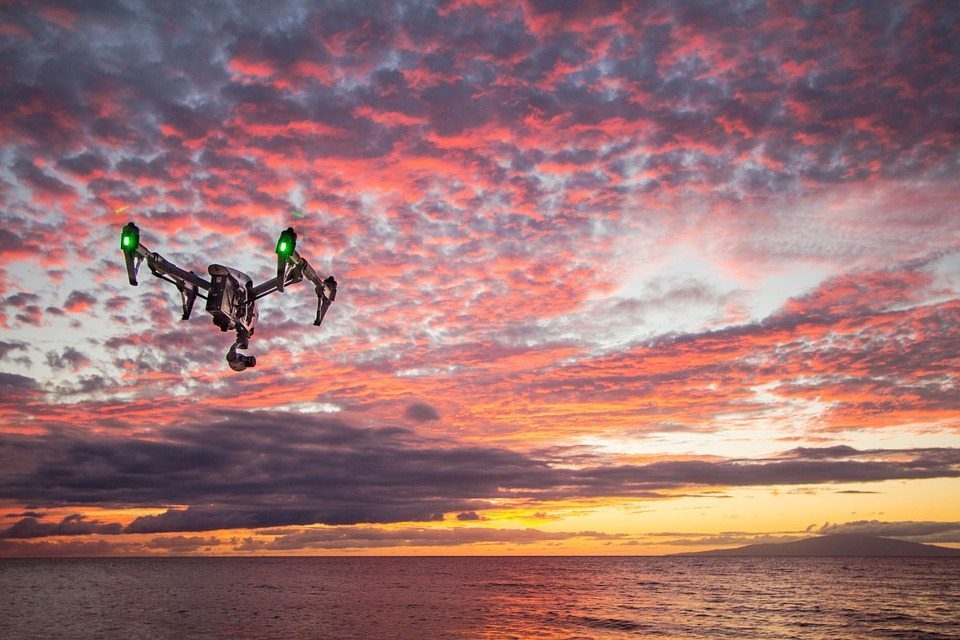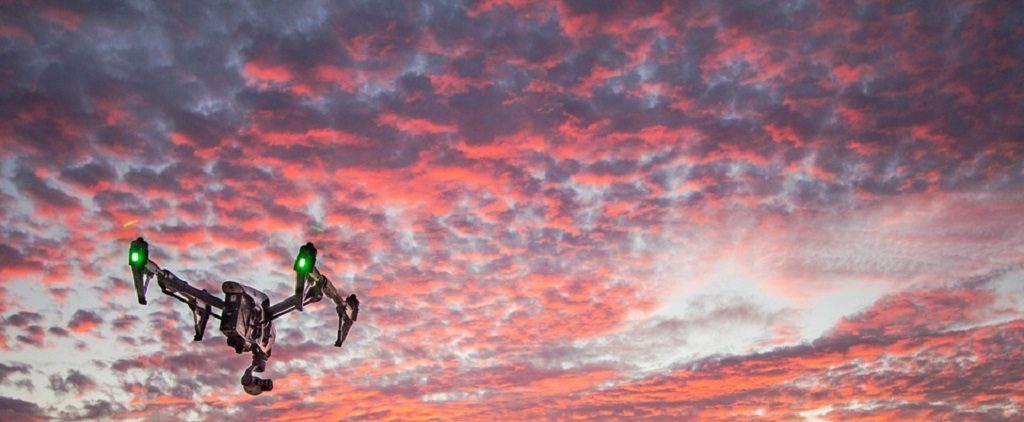[dropcap style=”font-size:100px; color:#992211;”]A[/dropcap]aaaaand… yet another facepalm moment where a plucky research scientist in thrall to research funding, peer recognition and a sense that technology is, like, totally making our lives betterer, takes us all one step closer to robogeddon.
Teaching Unmanned Aerial Vehicles to navigate without any human input. Nice one, science chap. That’ll be just peachy when the machines develop enough sentience to realize how much of their precious resources are being hogged by those pesky fleshy bipeds.
Just once, maybe some of our finer scientific minds would figure out a way of hot-branding a GIF of Jeff Goldblum’s Jurrasic Park speech onto the forehead of burgeoning whitecoat boffins with more ambition than sense.
Unmanned Aerial Vehicles (UAVs) of the future will be able to visually coordinate their flight and navigation just like birds and flying insects do, without needing human input, radar or even GPS satellite navigation.
A research group at the University of Queensland, Australia is trying to make this future a reality by uncovering flying techniques that budgerigars and bees share, and applying their findings to UAV control programmes. Prof Mandyam Srinivasan, leading the research, explains: “We study how small airborne creatures such as bees and birds use their vision to avoid collisions with obstacles, fly safely through narrow passages, control their height above the ground and more. We then use biologically-inspired principles to design novel vision systems and algorithms for the guidance of UAVs.”
At first glance, insects and birds have very different brains in terms of size and architecture, yet the visual processing in both animals is very effective at guiding their flight. “Bees’ brains weigh a tenth of a milligram and carry far fewer neurones than our own brains; yet the insects are capable of navigating accurately to food sources over 10 km away from their hive,” remarks Prof Srinivasan. “Birds too can perform incredible aerobatics and navigational feats. These animals are clearly using simple and elegant strategies, honed by thousands of years of evolution.”
The team compares the flight of bees and budgies in particular because they are easy animals to study, as Prof Srinivasan explains: “These animals are clever, can be easily trained, and possess sophisticated visual systems that are not unlike those of our own.” Regarding other benefits of the research, he says: “The study of their behaviour could also reveal some of the basic principles of visual guidance in a number of organisms including humans.”
Comparing the flight behaviours of these animals using high-speed cameras will lead to drastically improved UAV guidance systems. Prof Srinivasan explains: “The biologically-inspired principles we uncover will foster a new generation of fully autonomous UAVs that do not rely on external help such as GPS or radar. These UAVs could be incredibly useful for applications like surveillance, rescue operations, defence, and planetary exploration.”
Source: Eurekalert/Society for Experimental Biology
Image: Pixabay/StockSnap

Some of the news that we find inspiring, diverting, wrong or so very right.




















